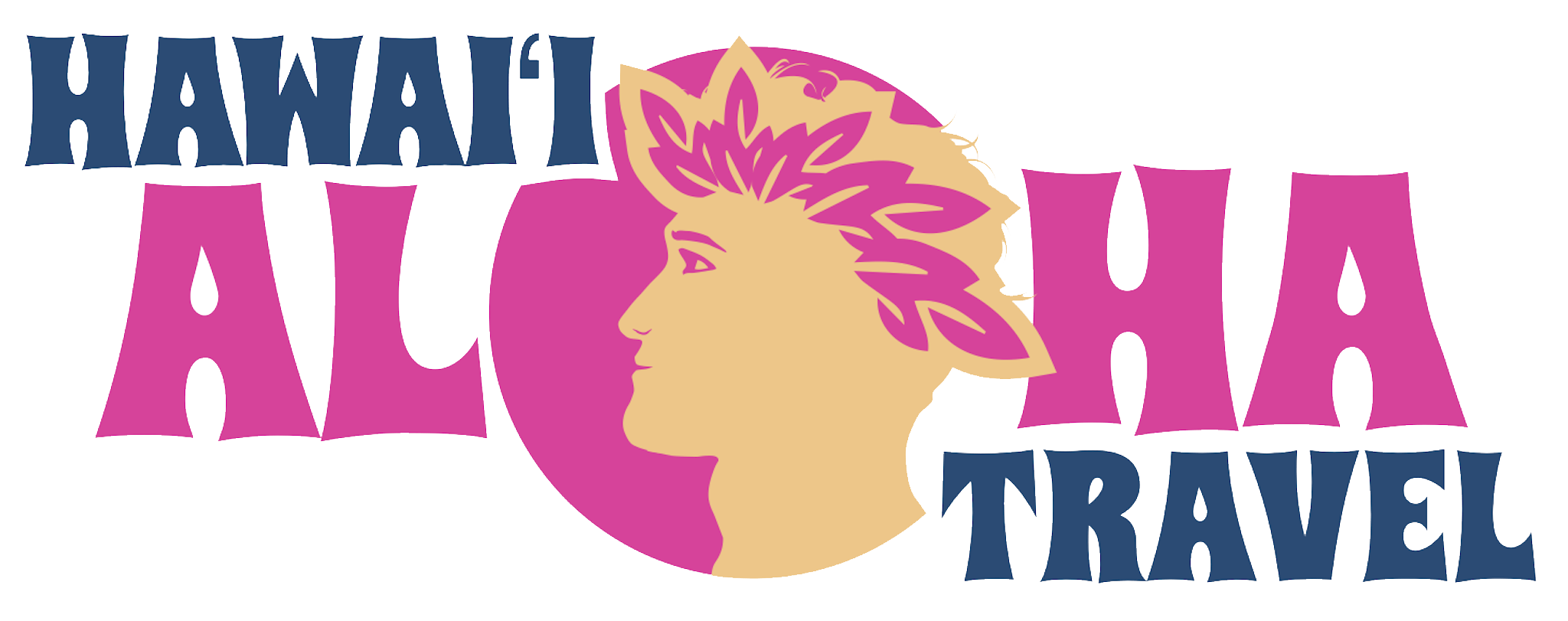With Makana, the monk seal who treats Hookipa as her vacation retreat, back on the north shore beach again, marine mammal officials are reminding the public that monk seals are protected under the Endangered Species Act.
Endemic to the islands, the Hawaiian monk seals, Monachus schauinslandi, is known in Hawaii as ‘ilio holo i ka uaua – the dog that goes in rough water.
It is considered critically endangered, with an estimated 1,200 animals found across the Hawaiian archipelago, according to Wende Goo of the National Marine Fisheries Service.
When a monk seal beaches, it is usually seeking to rest. People should not approach monk seals and should keep any pets away from it.
Dogs and monk seals both carry diseases that can be transmitted to each other and both will bite, Goo said.
“It is important to keep your dog on a leash and a safe distance away,” she said. “If a seal approaches you in the water, move away to avoid an interaction. Remember that these are wild animals and may bite.”
The largest populations of monk seals are found in the Northwestern Hawaiian Islands, which have been granted additional federal protection as the Papahanaumokuakea Marine National Monument. But the seals have slow reproductive rates and are subject to losses from predation by sharks and from human activity, including entanglement in nets or marine debris.
Still, efforts to track the seal population around the main islands are continuing through cooperative projects involving National Marine Fisheries, the Hawaiian Islands Humpback Whale National Marine Sanctuary, the state Aquatics Resources Division and volunteer research groups such as the Hawaii Wildlife Fund.
One such project is the semiannual Hawaiian Monk Seal Count, last held on Oct. 20, including volunteers on the beaches and an aerial survey. On Maui, coordinator Nicole Davis said three seals were sighted by two teams of volunteers at Hookipa and at Makena State Park. All remained in the water, and Davis said the assumption is that the seals were feeding in the reefs near the shoreline.
According to a report by David Schofield with the Marine Mammal Response Network, there were 23 sightings on Oct. 20 on the Big Island, Maui, Molokai, Oahu and Kauai, with the largest number, seven, reported on Molokai.
That was lower than the numbers reported during a seal count held in April, but Schofield noted that the April count included 10 mother-pup pairs sighted around Kalaupapa on the north shore of Molokai.
The pairs might have included Makana, who had given birth earlier this year near the Kalawao Peninsula and was sighted on the beach at the Kalaupapa settlement.
Hannah Bernard with the Hawaii Wildlife Fund said it was at least Makana’s 10th pup. Pups generally are born between February and July, according to the fisheries service. They are weaned when they are 150 to 200 pounds, usually within six weeks of birth. Once the pups are weaned, they are on their own while the mothers, who may lose as much as 300 pounds while nursing, begin feeding on their own to recover.




